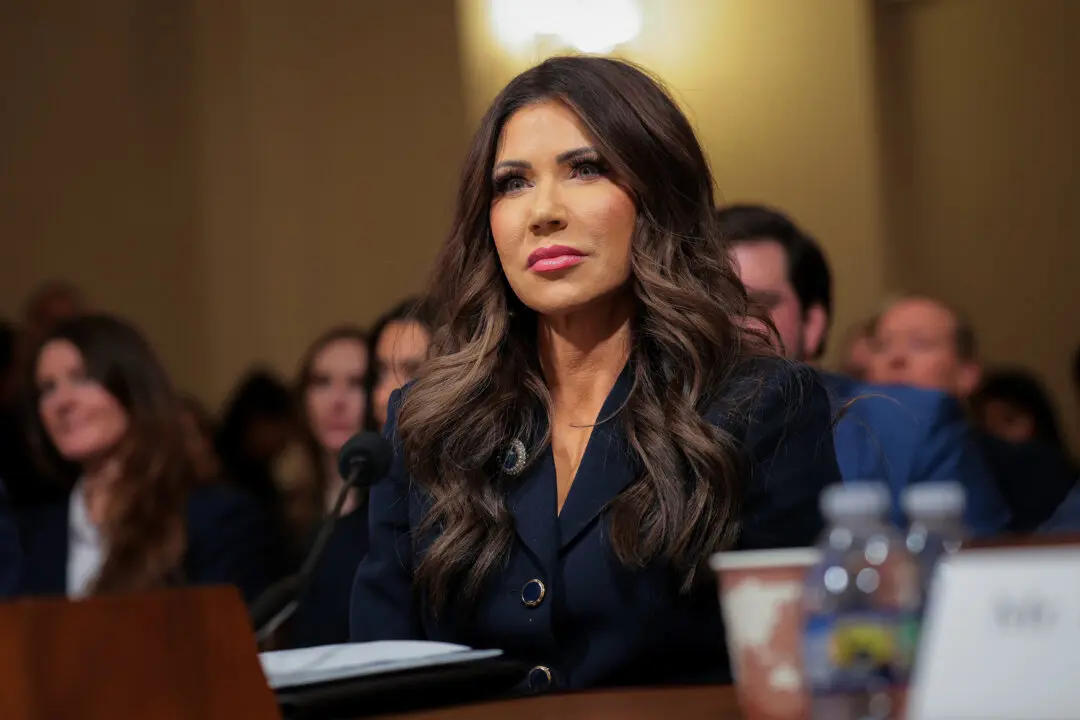There’s a 10 percent chance that another strong earthquake will strike southern California, an expert said after a 7.1 magnitude quake struck late July 5.
That quake was preceded by a 6.4 magnitude quake, which hit on July 4 and was the largest temblor in the region in around two decades.





